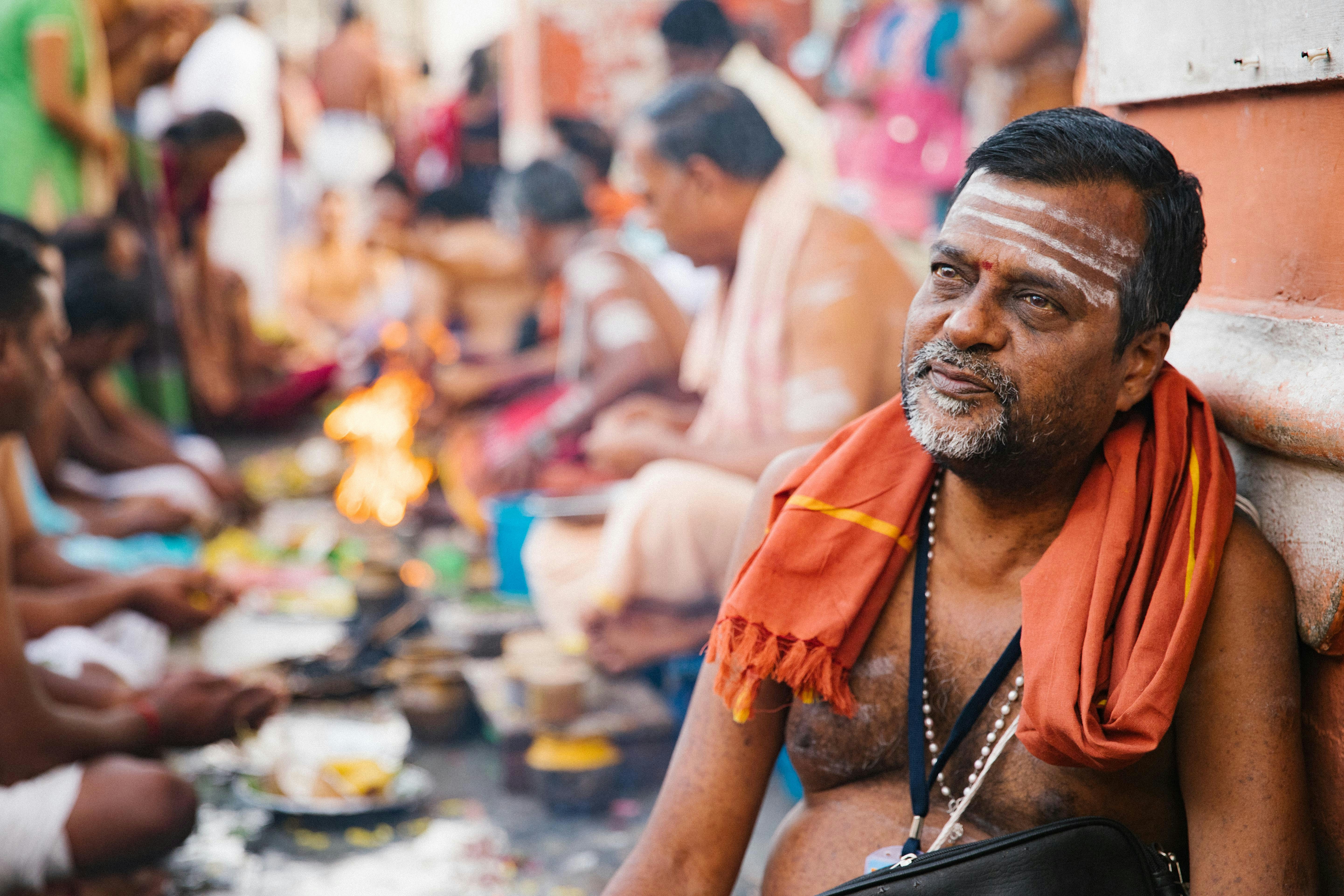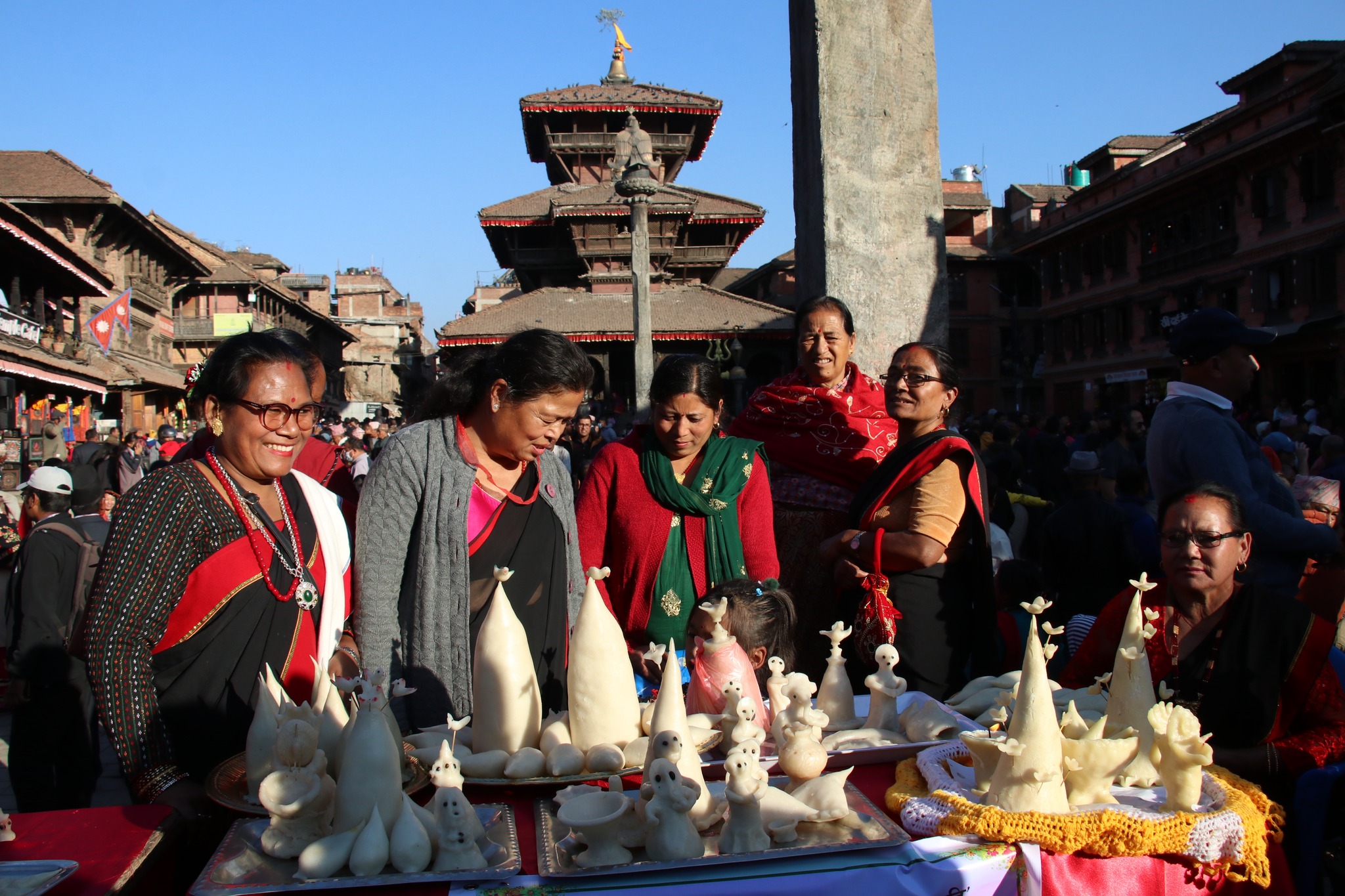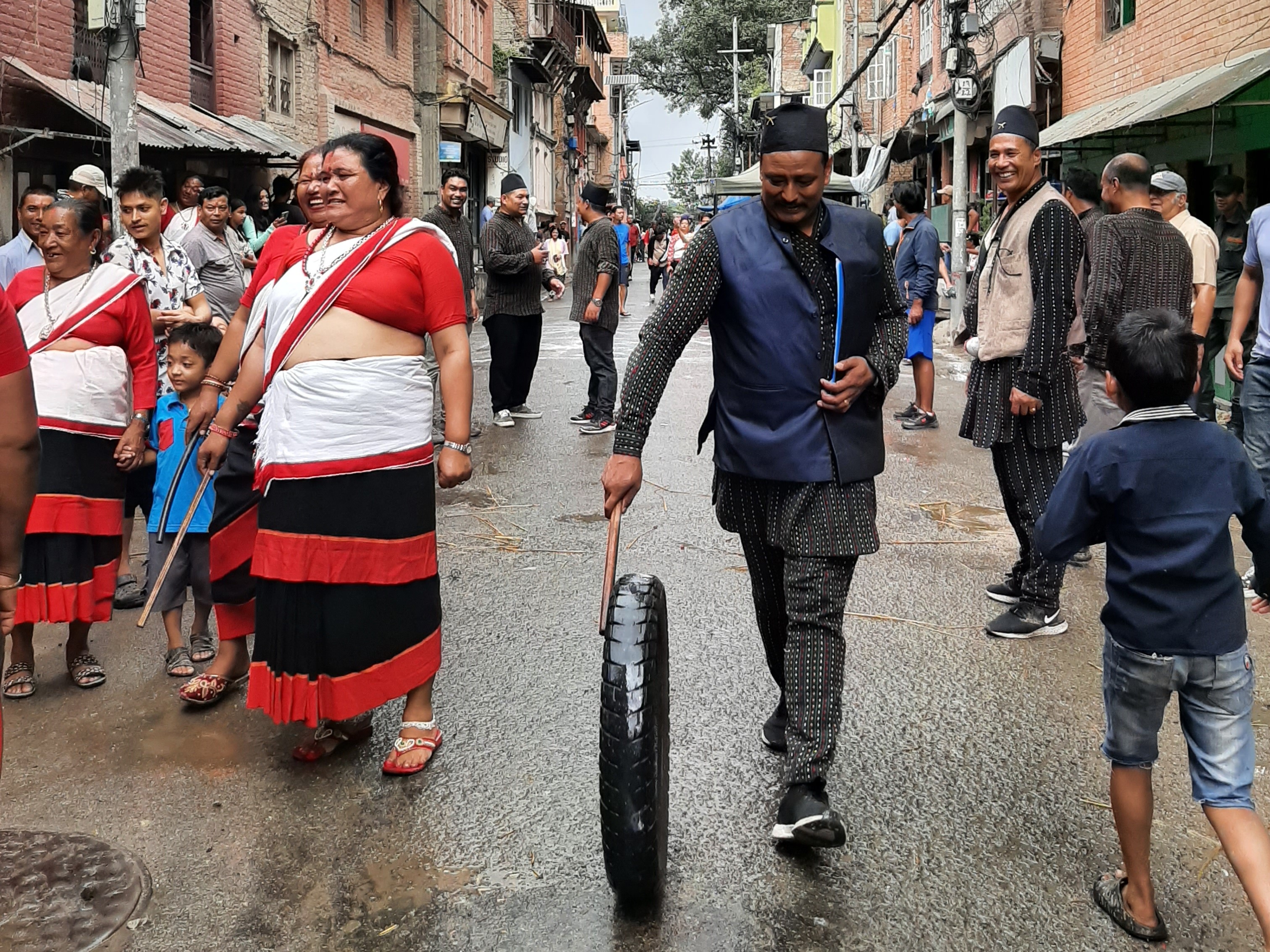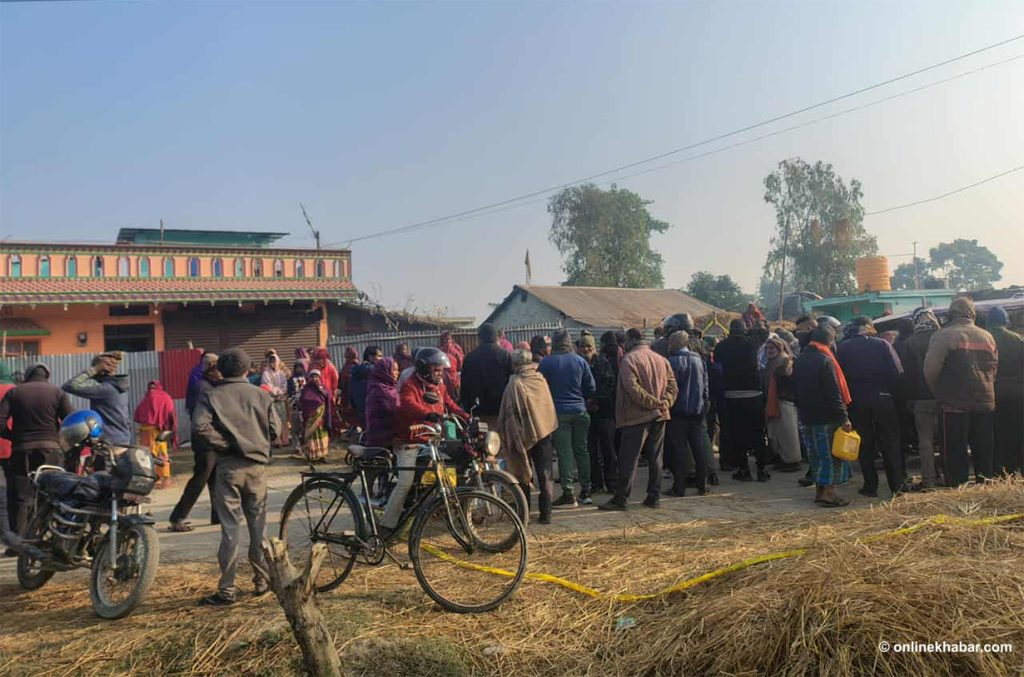“I am not afraid of dead bodies,” says Dr Harihar Wasti, forensic expert at the Tribhuvan University Teaching Hospital (TUTH).
“Instead, I am scared of the living,” he says 26 years and 18,000 cadavers after starting his career as the ‘doctor of the dead.’
It would not be a hyperbole to say that whatever reforms Nepal has seen in the field of forensic medicine is largely due to Dr Wasti, who also holds a degree in Law (just out of interest, he says). Dr Wasti has run his knives on people, who died due to sexual assault, abuse, custodial torture, and any other cause imaginable.
“But I am still at unease while examining babies. I feel as if the baby will start crying any moment when I touch it with my knife,” says the doctor, who has handled many hi-profile cases, including that of Manisha Gharti Magar.
***
When a young Harihar Wasti graduated from medical college, he was sent to Khandbari in Sankuwasabha district of Nepal where he worked as medical officer for two years. It was here that he met his first dead body outside the confines of his medical college. Little did he know that he would see more bodies than any other Nepali doctor in his medical career!
“I was told to conduct autopsy and examine forensic tests from the first day itself. The senior doctors were reluctant to do the dirty work, and it was up to us juniors to do it,” he remembers.
Wasti was soon introduced to a world where people are killed, by other people, that too regularly. Assault, abuse, rape, poisoning, mutilation — words that send shivers down the spine — were the regular topics of conversation at Wasti’s ‘office.’
It was only a matter of time before he realised what he was doing with bodies was not scientific. Doctors examining bodies were insensitive while handling bodies.
Following his stint in Sankhuwasabha, in 1994 Wasti received a permanent licence from the Health Ministry, and was appointed at the central prison hospital in Sundhara, the locality where one of Nepal’s oldest hospitals, Bir, is located.
“Soon, I was told to go to Bir hospital every day to conduct autopsies,” he remembers.
“The interesting thing is that I had never heard of this hospital. I didn’t even know that this kind of hospital even existed in Nepal.”
Bir Hospital, at that time, used to handle 30-40 cadavers every month, most of them came from Kathmandu and Kavre districts.
The number soon reached 80 within a few years.
“I spent nearly five years at Bir where I learned more about how to conduct autopsies and forensic tests.”
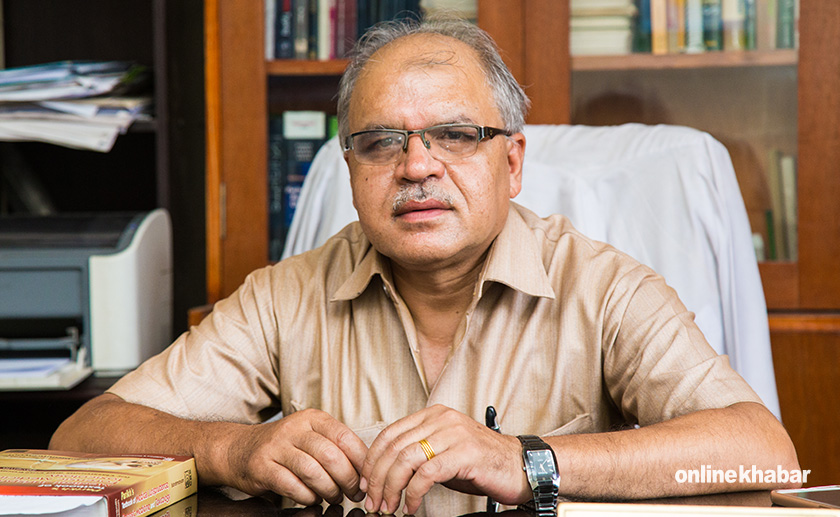
He soon realised that the procedure they were following to examine dead bodies was wrong. The doctors were inefficient, and insensitive. “I realised that we were performing a low-level task with low-quality results, completely ignoring the sensitivity of the issue.”
This made Dr Wasti raise his voice. “What I was saying was that this sector needs some specialised doctors.”
Luckily, the Health Ministry heard his voice. They asked him if he wanted to specialise in the same subject, and offered him scholarship to study forensic medicine at Colombo University, Sri Lanka.
He said ‘yes.’
***
In Nepal, most forensic cases are handled by the related department at TUTH and Bir Hospital. Of the two, TUTH is more well-equipped to handle specialised cases. Currently, a total of 15 doctors work at the department at TUTH.
When Dr Wasti resumed work at Bir 16 years ago, after returning from Sri Lanka, three doctors were handling more than 150 cases every month. A department was formed only after a lot of lobbying from Dr Wasti’s side.
TUTH’s forensic department has become congested. Outdated equipment and the lack of pathology labs only add to the immediacy of the need of a new facility.
“The Japanese were building infrastructure for Teaching Hospital at that time. A functional morgue for medical students was set up there,” he shares. In 2000, the Health Ministry then decided to shift the department at Bir Hospital, where Wasti was working, to Teaching Hospital until a new forensic center was built. The new centre’s plans remains on paper.
Technically, Dr Wasti is a Bir Hospital staffer, but his office is at TU Hospital, 4 km away.
He says he feels disheartened by the government’s indifference towards the forensic sector. There has been small reforms though and that too, mainly at his initiation.
Eight years ago, a post-graduate programme was started to train doctors in forensic medicine. As part of the programmes, a scholarship is awarded to 2-3 doctors every year. But the sector needs a massive overhaul.
TUTH’s forensic department has become congested. Outdated equipment and the lack of pathology labs only add to the immediacy of the need of a new facility. This was apparent in the aftermath of last year’s quake when the bodies of the deceased were crammed at his department.
“No one is willing to take responsibility,” says Dr Wasti when asked about the reason for the lack of progress in forensic medicine in Nepal.
In the typical manner of dedication discouraged by bureaucracy and efficiency stumped by red tape, Nepal’s forensic medicine can only hope for slow, and painful, changes, that too if more Dr Wastis take up the cause.
But a ‘scared’ Dr Wasti will report to work, as long as his health allows, even though working at TUTH in Maharajgunj means checking in at New Road’s Bir Hospital every day at 10 am.







